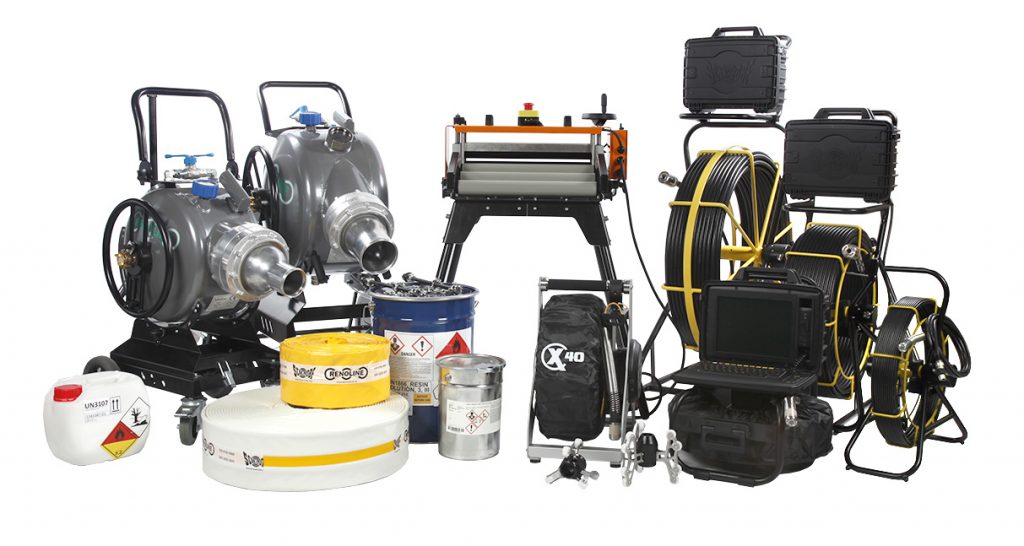What is Renoline
The Renoline system is a proven and established method of placing a new pipe within an existing damaged pipe without excavation and with minimal disruption.
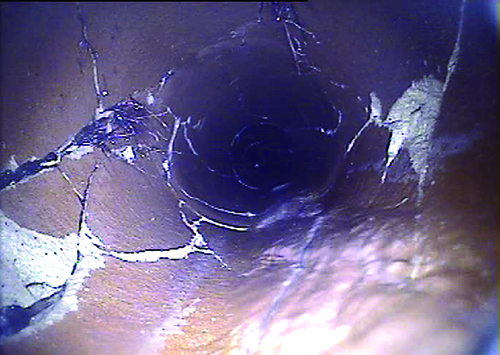
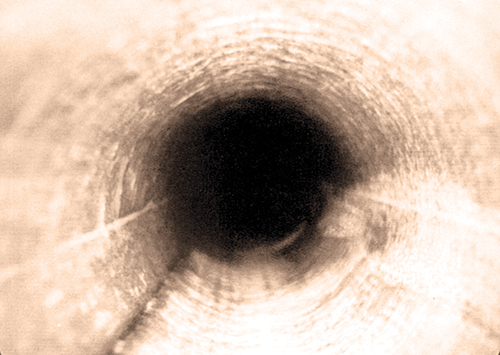
The new pipe material is similar to GRP (glass reinforced plastic) and in all cases will be superior in quality and strength to the pipe which it lines. The new pipe is moulded into the damaged pipe by an ingenious method called ‘inversion’ using water or air pressure, fitting it tightly against the wall of the existing pipe. When the inversion is complete the new pipe (which is originally flexible) is now rigid, resulting in a strong, tough pipe tightly fitted within the existing pipe with only a minimum loss of cross section of approximately 6%.
The Renoline pipe is manufactured from a special dense impermeable felt and is designed and tailored to fit exactly the internal dimension of the pipe to be refubished. The thickness of the Renoline material can be varied according to design specifications required.
We have a selection of three special resins systems – Polyester, Silicate and Epoxy with different curing times – suitable for various conditions and applications. These are impregnated into the Renoline liner prior to installation in the pipe.
Renoline is suitable for sewers and vertical rainwater down pipes etc, 75mm – 300mmØ. Renoline is resistant to most aggressive chemicals and can withstand extremely high temperatures.
A full technical specification for each product is available as a pdf download on the right hand side of the relevant page of the website.
A special resin containing an activating catalyst is impregnated into the Renoline pipe prior to installation.
Renoline is suitable for sewers and vertical rainwater downpipes etc, 75mm – 300mØ. Renoline is resistant to most aggressive chemicals andcan withstand extremely high temperatures.
A full technical specification is available upon request.
The Advantages of Renoline
The customer will benefit from the Renoline repair process in many ways.
- Eliminates costly excavations and general disruption to the property.
- Capable of repairing and curing leaking and open joints, root intrusion, cracks and all other associated pipe failure.
- Suitable for domestic, industrial, commercial and municipal applications.
- Achieves permanent structural repair.
- Guarantees improved flow characteristics.
- Will withstand ground movement far in excess of traditional drainage materials such as saltglaze, clayware, concrete etc.
- Any cross-sectional loss is adequately compensated by increased flow efficiency.
- The process is accepted by Local Authorities, Loss Adjusters, Surveyors, Civil Engineers and Architects etc.
- Continual lengths of up to 100 metres can be installed in one length.
- Minimum lengths of 0.5 of a metre can be installed for a local structural repair.
- The materials used are extremely strong, abrasive resistant and do not rely on the existing pipe for its structural integrity.
- A Renoline refurbishment will be ready for use within hours of installation.
- Very cost effective, up to 75% savings have been achieved by Renoline over conventional methods.
- Superior quality at lower cost means good value for money.Renoline conform with European Standard BSEN13566-F:2002.
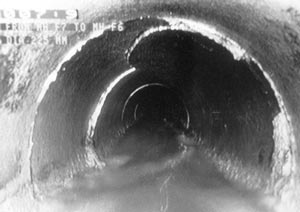
CCTV inspection can locate a number of reasons that causes pipe failure including leaking and open joints, root intrusion and cracks
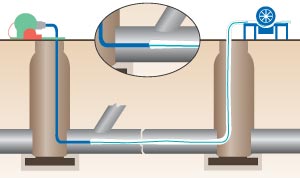
A new Renoline liner is first impregnated with a special resin containing an activating catalyst before being winched through the damaged section
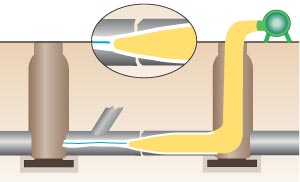
An inflation hose is inverted into the new liner by air or water pressure
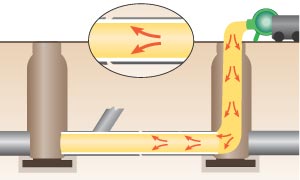
This shapes the liner into the existing pipe and holds it in position while it cures. Hot water or steam can help control the curing process
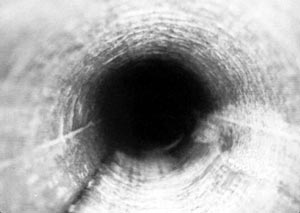
Once the pipe is cured, the inversion liner is removed leaving a strong and tough new pipe within the existing pipe. Any lateral pipes are reconnected by a remote controlled robotic cutter
